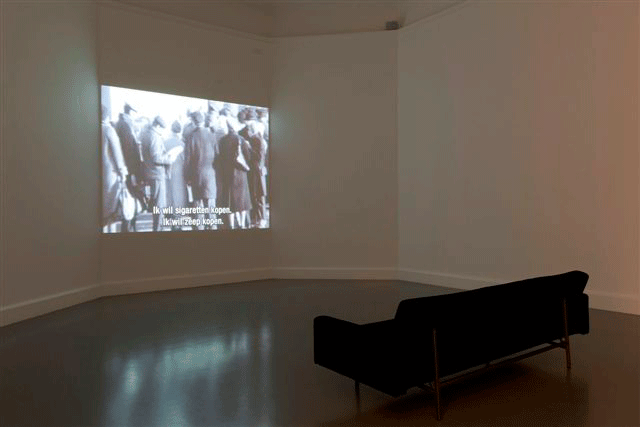Van Abbemuseum Eindhoven and M HKA Antwerp
The title of this third exhibition is Spirits of Internationalism, which reflects the tension between the international (with its promises of a better world, but also with overtones of political and cultural hegemony) and the various regional and local art milieus represented in the L’Internationale project. Like the other exhibitions in this series it covers the period 1956–1986, characterised by the bipolarity of the Cold War and various reactions against it. In different artistic and intellectual contexts the concept of internationalism, inherited from the socialist movement of the 19th century, was at this time understood as the aspiration to go beyond the nation state and connect across regions and continents in solidarity with all parts of the world and their unique histories. In some ways, it can be seen as a precursor and alternative to globalism in which difference was recognised and the political and emotional histories of colonialism and post-colonialism given expression alongside economic development.
Key oeuvres and ensembles of work will be included in Spirits of Internationalism. The exhibition is sub-divided into different approaches related to ‘the International’ and meant to facilitate new readings and re-readings of the works on display. The categories can be read as descriptors of the artists' positions or as a new nomenclature through which to understand the period today, loosened from the ties of ideology and governmental systems. The categories are titled: ‘the Concrete’, ‘the Essential’, ‘the Transcendental’, ‘the Subverted’, ‘the (Dis-)Located’, ‘the Universal’, ‘the Engaged’ and ‘the Positioned’.
To interpret the ‘spirits’ of internationalism in an exhibition based on museum collections is an interesting challenge. Museums need to continuously research and contextualise their collections, but not necessarily by using the methods of academic art history or following the logic of the art market. A key ambition for this project is to challenge current hegemonic narratives, which are often semi-conscious. Moreover, the point of departure is the Benelux region, which actively took part in the celebration of US hegemony (in the arts and otherwise) while at the same time maintaining some relations to various informal (unofficial) art scenes in eastern Europe and Latin America. The works selected for Spirits of Internationalism reflect various attitudes towards the international, which must be understood in both aesthetic and political terms (although the two are sometimes collapsed into one). This amounts to a relational view of recent art history, using works and ensembles of work in the collections at hand and reading them through the prism of contemporary urgencies and aspirations.
